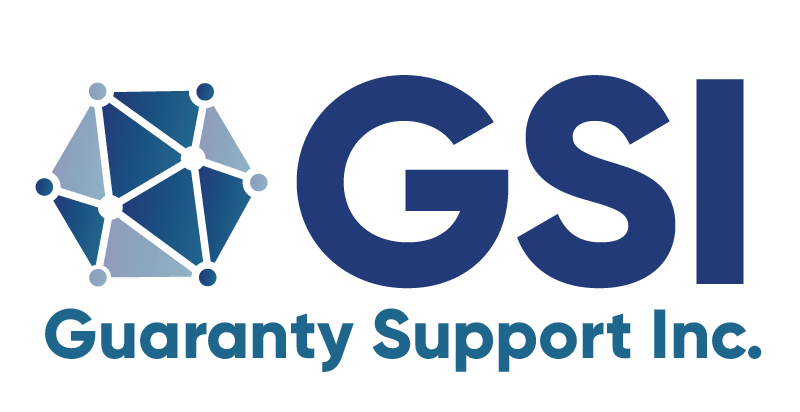Overview
The UDS G Record is a payment row which describes an individual payment (positive or negative) related to a claim/claimant administratively OR as a loss payment. Since the Guaranty Fund may make payments on a claim, the historical payments (G Records) are the target of the most scrutiny if created improperly. Some Guaranty Funds lack the ability to revert an imported G Record batch (or any batch after a period). This underlines the importance of getting the payments right the first time. Otherwise, sending ‘reversed’ transactions may be necessary and is sure to muddy the transaction history for a given claim.
Quick Tips
- The core Transaction Codes are 310, 410 (Payment made when claim open) and 320, 420 (Payment made when claim closed). These are not to be confused with the Transaction Code in the A Record which is completely unrelated.
- Every G Record MUST have a parallel A Record ‘bucket’ with the same Claim, Claimant Number, and Coverage Code. Commonly a bucket will exist Except for the Coverage Code because the Coverage was not identified until observing the payments after the A Record. To solve this problem, clone a similar A Record under the same claim/claimant and modify the coverage to what is needed in the G Record thereby generating an A Record based off a G Record.
- G Records that can’t be organized by coverage code can default to the XXX005 or XXX010 variant of a coverage code, but this should be communicated to the Guaranty Funds. Each insolvency data source inspires a certain level of trust when financial metadata appears in their claim system. Knowing that categorization was impossible and explaining that challenge will produce more positive feedback when data is sent to the Guaranty Funds.
- Payee names which exceed 30 characters in either name field should take advantage of all the available space in both fields. Common practice is to cut the total character count by the space closest to the middle of the string. Then each side of the cut get assigned to first and last name. Other possible changes include shortening common words like ‘and’ to ‘&’, but writing rules for said exceptions should be a much smaller list and can be handled individually.
- Guaranty Funds have a difficult time reverting changes to payments once a claim is being handled in their system. Perfecting the payment data as much as possible before sending to the Guaranty Funds will help avoid the need to send payment reversals or corrections later – these tend to be messy.
Record Fields
| No | Field Name | Description | Default To |
|---|---|---|---|
| 1 | RECORD TYPE | The value of this field must be “G”. | G |
| 2 | INSOLVENT COMPANY NAIC NUMBER | The unique number assigned by the NAIC to the insolvent company for data tracking purposes. For self-insured entities. This number could also be the Self-Insured Fund Code. | No default allowed |
| 3 | FILE LOCATION STATE | State to which the physical file/electronic record is being sent. | No default allowed |
| 4 | FILE LOCATION CODE | Location code of the entity to which the physical file/electronic record is being sent. | No default allowed |
| 5 | COVERAGE CODE | Defines the category of coverage that provided protection for the loss. | No default allowed |
| 6 | POLICY NUMBER | Policy Number | UDSUNKNOWN |
| 7 | INSOLVENT COMPANY CLAIM NUMBER | Unique number assigned by the insolvent company to the claim. | No default allowed. Must be Unique. |
| 8 | RECEIVER CLAIM NUMBER | Unique number assigned by Receiver to the claim. | Blank |
| 9 | INSURED NAME #1 | Named Insured’s last name or business name. | UDSUNKNOWN |
| 10 | INSURED NAME #2 | Named Insured’s first name. | Blank |
| 11 | CLAIMANT NUMBER | Number assigned by Receiver to this claimant. | No default allowed |
| 12 | CLAIMANT NAME #1 | Claimant’s last name or business name. | No default allowed |
| 13 | CLAIMANT NAME #2 | Claimant’s first name. | Blank |
| 14 | CHECK DATE | The date the check was processed. | 19010101 |
| 15 | TRANSACTION CODE | A three-digit code that identifies the type of transaction for this record. | No default allowed |
| 16 | CHECK AMOUNT | Payment Amount. | All Zeroes |
| 17 | CHECK NUMBER | Check number. | No default allowed |
| 18 | PAYEE NAME #1 | Payee last name or business name. | No default allowed |
| 19 | PAYEE NAME #2 | Payee first name or continuation of Payee Name #1 if necessary. | Blank |
| 20 | PAYEE ID NUMBER | Federal ID number or Social Security number. | Blank |
| 21 | INVOICE NUMBER | Invoice number to which payment was applied. | Blank |
| 22 | SERVICE/BENEFIT FROM DATE | Beginning date of service or benefit covered by this payment. | For Workers’ Comp Payments – No Default Allowed. All Others - Blank |
| 23 | SERVICE/BENEFIT THROUGH DATE | Ending date of service or benefit covered by this payment. | For Workers’ Comp Payments – No Default Allowed. All Others - Blank |
| 24 | PAYMENT COMMENT | Comment or description or explanation of payment. | Blank |
| 25 | LONG CLAIM NUMBER | Insolvent Company Claim Number if longer than 20 characters. | Blank |
| 26 | TPA CLAIM NUMBER | Unique Number assigned by insolvent company’s TPA to the claim. | Blank |
